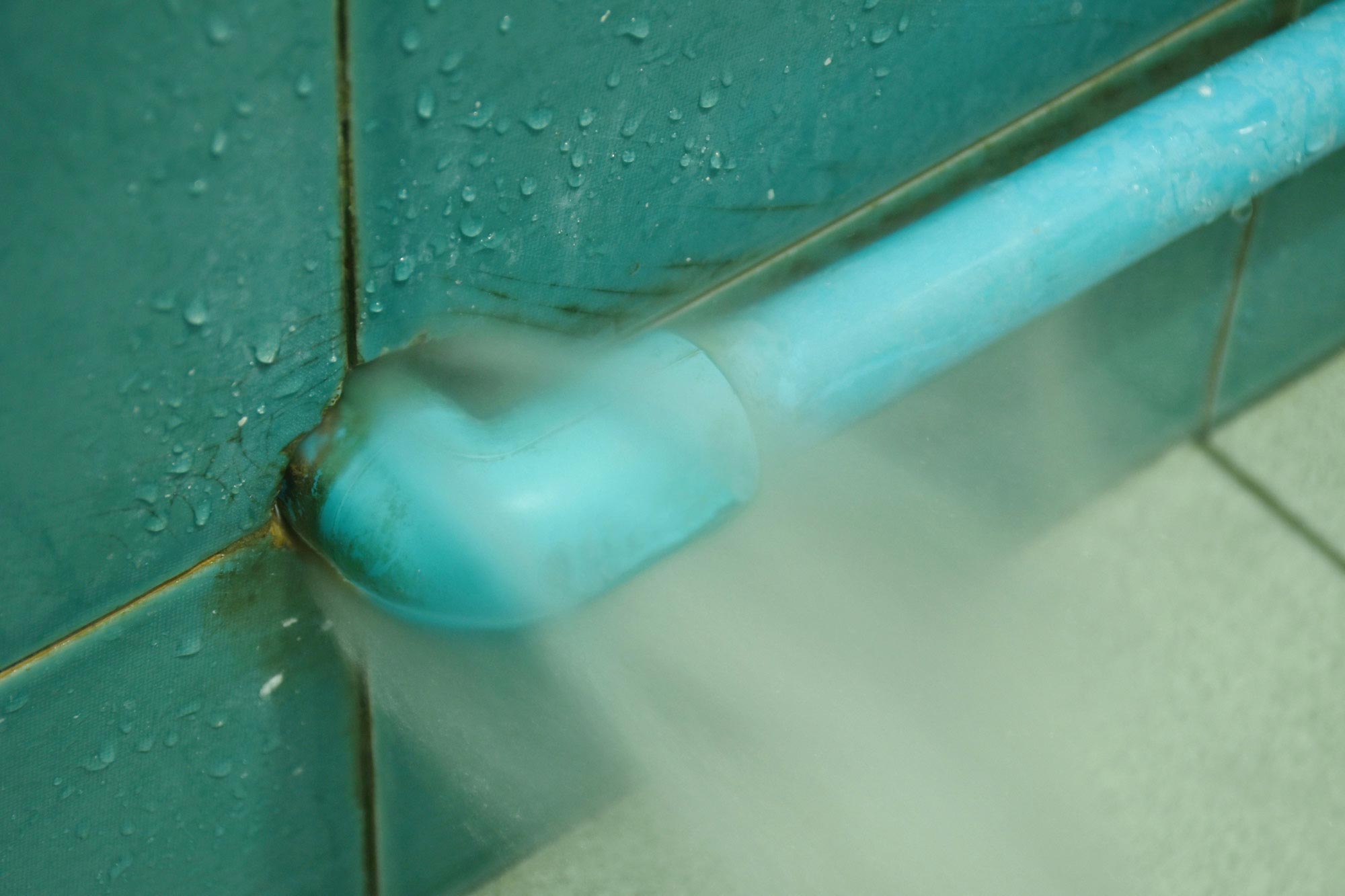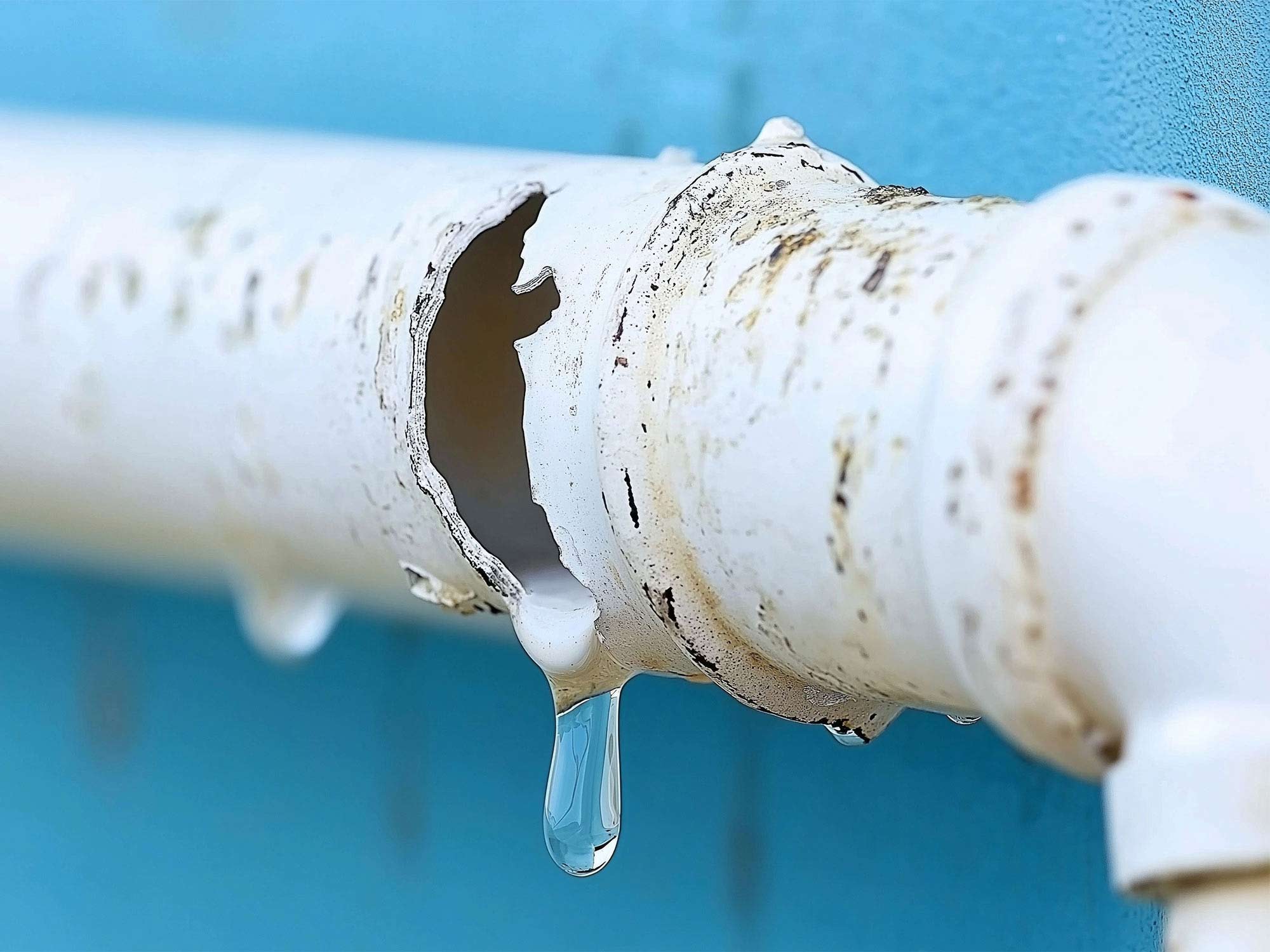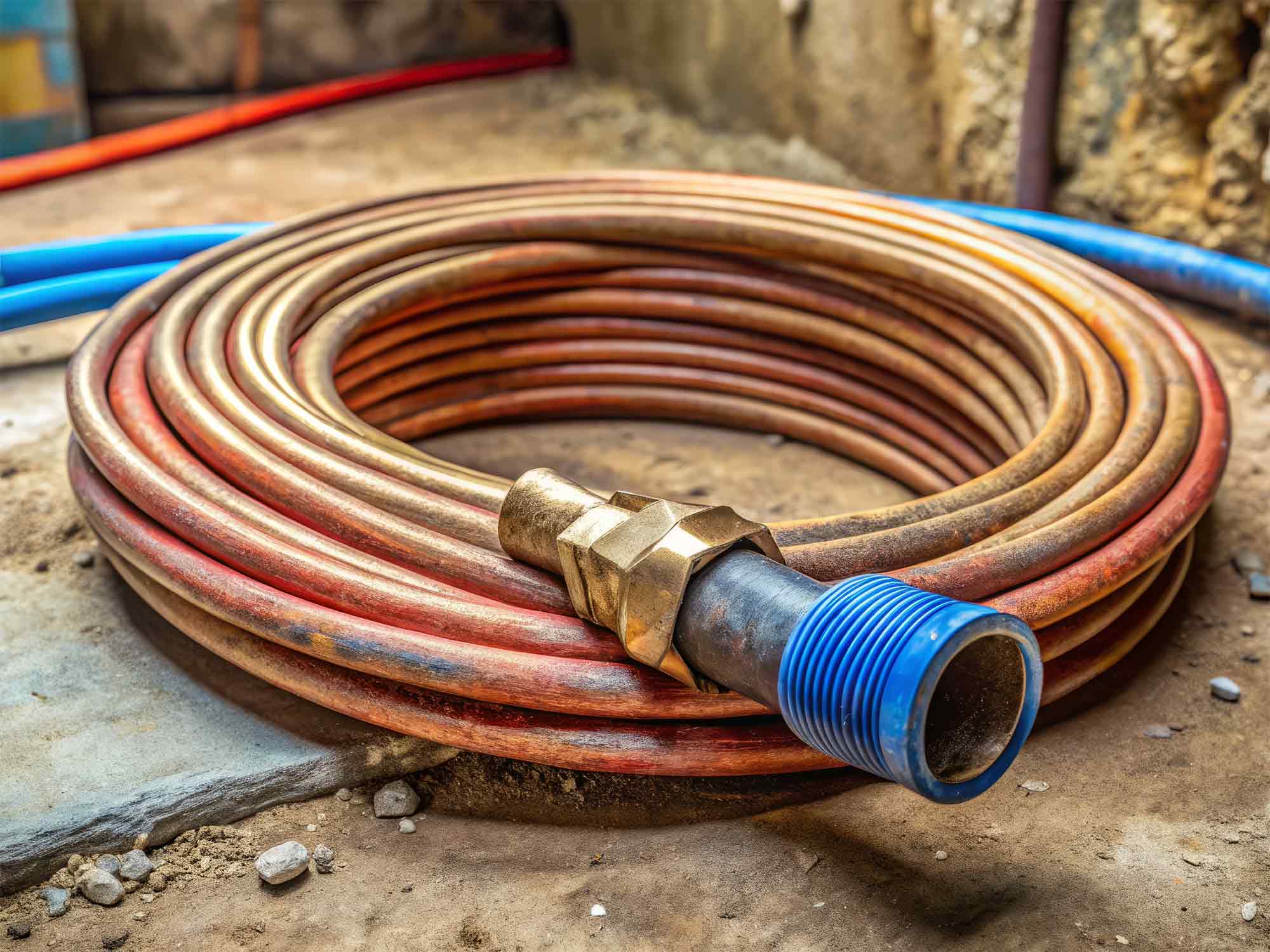Polybutylene plumbing, once hailed as a revolutionary innovation for residential water systems, has become a contentious issue for countless homeowners. Installed in millions of homes during the late 1970s through the mid-1990s, this material was initially lauded for its affordability and ease of installation. However, over time, its reputation has been marred by widespread reports of leaks, pipe failures, and costly water damage. These issues have left many wondering: is there a class action lawsuit currently addressing the problems caused by polybutylene plumbing?
In this blog, we’ll explore the history of polybutylene pipes, the lawsuits that have arisen in response to their defects, and the steps homeowners can take to protect themselves.
What is Polybutylene Piping?
Polybutylene is a type of flexible plastic resin that was widely used for residential water supply lines. It was commonly installed in homes in the southern and southwestern United States but also appeared in properties nationwide. The pipes, often gray, blue, or black, were seen as a cutting-edge alternative to traditional copper pipes. Builders favored polybutylene for its lower cost and faster installation, making it a popular choice in newly constructed homes.
Unfortunately, while polybutylene plumbing initially seemed like a smart solution, its long-term performance told a different story. Over time, it was discovered that exposure to chlorine and other oxidizing agents in municipal water supplies caused the material to break down. This chemical reaction could lead to cracks, leaks, and sudden pipe bursts, leaving homeowners with expensive repair bills and significant water damage.
The Legal History of Polybutylene Plumbing
The failures associated with polybutylene plumbing have led to numerous lawsuits over the years, the most significant being the class action settlement in Cox v. Shell Oil Co. in 1995. This case resulted in a $950 million settlement fund, which was established to assist homeowners with the cost of replacing defective polybutylene plumbing systems.
For years, affected homeowners could file claims under this settlement to receive financial assistance for repairs and replacements. However, the settlement fund was not indefinite, and the claims period eventually expired. This means that homeowners discovering problems with their polybutylene plumbing today cannot access funds from that settlement.
It’s important to note that the 1995 settlement primarily targeted the manufacturers of the plumbing material, such as Shell Oil and Hoechst Celanese. Individual contractors and builders were generally not held liable unless there were installation defects beyond the material’s inherent issues.
Are There Any Current Class Action Polybutylene Pipe Lawsuits?
As of now, there are no active class action lawsuits specifically addressing polybutylene plumbing failures. However, this does not mean that homeowners have no legal options. If you are experiencing issues with your polybutylene pipes, you may still have recourse through individual legal claims, particularly if:
- Your home seller failed to disclose the presence of polybutylene plumbing.
Real estate disclosure laws vary by state, but many require sellers to inform buyers about known defects, including problematic plumbing materials like polybutylene. - You believe your home builder or contractor was negligent.
In cases where poor installation practices compounded the issues with polybutylene plumbing, you might be able to pursue a claim for negligence or breach of contract.
What Should Polybutylene Pipes Florida Homeowners Do If They Have Poly Pipes?
If your home still has polybutylene plumbing, it’s crucial to be proactive. The longer these pipes remain in your home, the greater the risk of a catastrophic failure. Here are some steps to take:
- Inspect Your Plumbing Regularly
Look for visible signs of wear, including discoloration, flaking, or leaks around joints and connections. Catching small problems early can prevent larger disasters down the line. - Consider Replacing Your Plumbing
While replacing your plumbing system is an investment, it can save you significant stress and expense in the long run. Licensed plumbers can evaluate your system and recommend replacement options. Modern alternatives like PEX or copper piping offer superior durability and reliability. - Check Your Insurance Coverage
Review your homeowner’s insurance policy to understand what coverage you have for water damage. Keep in mind that some policies may exclude claims related to polybutylene plumbing due to its known risks. - Seek Legal Advice
If you suspect that a seller, builder, or contractor misled you about the presence of polybutylene plumbing in your home, consult with a real estate attorney. They can help determine whether you have grounds for legal action.
Moving Forward: What’s The Cost to Replace Polybutylene Pipes?
The cost to replace polybutylene pipes can vary widely depending on the size and layout of your home, with estimates ranging from $5,000 to $15,000 or more. (Have you seen our latest special in 2025? Our repipes start at $3999!)
While this range might seem steep, it’s important to weigh the potential cost of repairing water damage and potential mold caused by a burst pipe. In many cases, proactive replacement is a wise long-term investment that can also increase the resale value of your home.
Polybutylene Pipe Lawsuit Conclusions
Polybutylene plumbing may no longer be installed in homes, but its legacy continues to impact homeowners across the country. Although there are no active class action lawsuits addressing this issue today, the history of legal action highlights the significant challenges posed by this material. If you have polybutylene pipes, taking proactive steps to inspect, replace, or seek legal recourse can help protect your property and your peace of mind.
While the days of polybutylene pipe settlement funds may be behind us, knowledge and action remain powerful tools for addressing the ongoing challenges of polybutylene plumbing. The knowledge is essential to know what to look out for, while the action of repipe plumbing could save the day.




